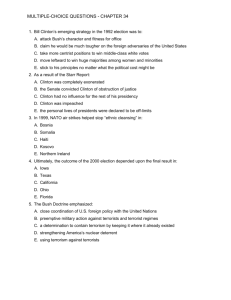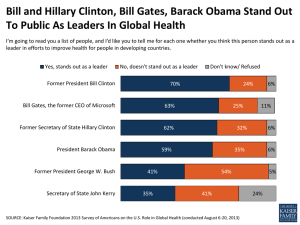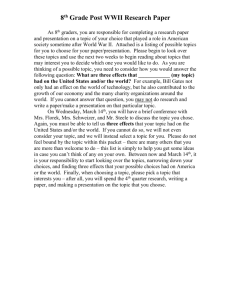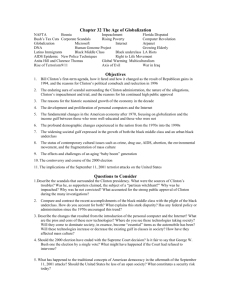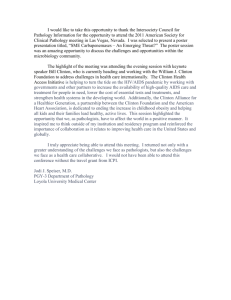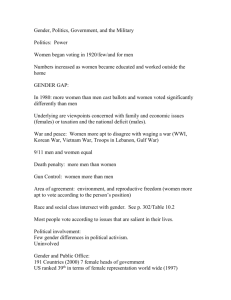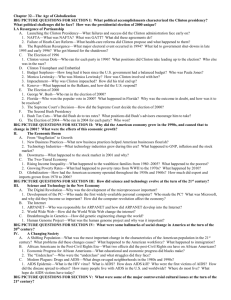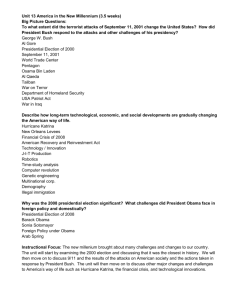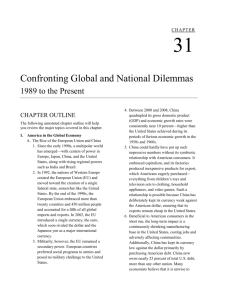Michelle Obama, Laura Bush represent new breed of first ladies
advertisement
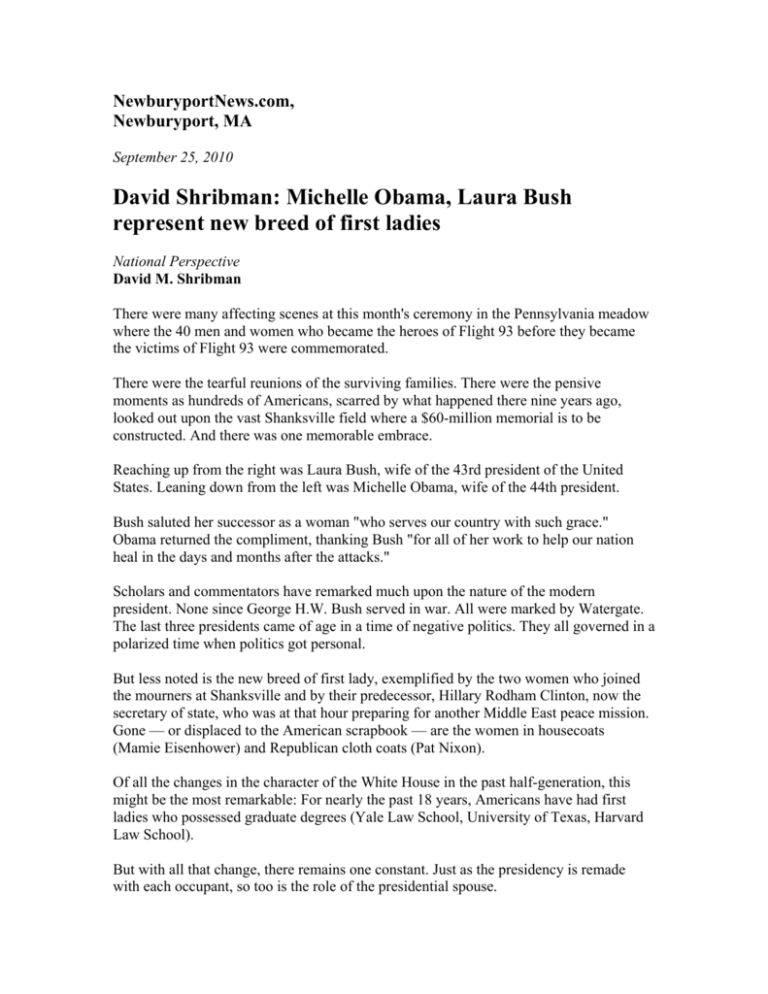
NewburyportNews.com, Newburyport, MA September 25, 2010 David Shribman: Michelle Obama, Laura Bush represent new breed of first ladies National Perspective David M. Shribman There were many affecting scenes at this month's ceremony in the Pennsylvania meadow where the 40 men and women who became the heroes of Flight 93 before they became the victims of Flight 93 were commemorated. There were the tearful reunions of the surviving families. There were the pensive moments as hundreds of Americans, scarred by what happened there nine years ago, looked out upon the vast Shanksville field where a $60-million memorial is to be constructed. And there was one memorable embrace. Reaching up from the right was Laura Bush, wife of the 43rd president of the United States. Leaning down from the left was Michelle Obama, wife of the 44th president. Bush saluted her successor as a woman "who serves our country with such grace." Obama returned the compliment, thanking Bush "for all of her work to help our nation heal in the days and months after the attacks." Scholars and commentators have remarked much upon the nature of the modern president. None since George H.W. Bush served in war. All were marked by Watergate. The last three presidents came of age in a time of negative politics. They all governed in a polarized time when politics got personal. But less noted is the new breed of first lady, exemplified by the two women who joined the mourners at Shanksville and by their predecessor, Hillary Rodham Clinton, now the secretary of state, who was at that hour preparing for another Middle East peace mission. Gone — or displaced to the American scrapbook — are the women in housecoats (Mamie Eisenhower) and Republican cloth coats (Pat Nixon). Of all the changes in the character of the White House in the past half-generation, this might be the most remarkable: For nearly the past 18 years, Americans have had first ladies who possessed graduate degrees (Yale Law School, University of Texas, Harvard Law School). But with all that change, there remains one constant. Just as the presidency is remade with each occupant, so too is the role of the presidential spouse. "It all depends on her own personal experiences and whether she wants to use those personal experiences," says Carl Sferrazza Anthony, the historian of the National First Ladies Library, located in the home of Ida McKinley in Canton, Ohio. "The issues they face reflect the time in which they live — and women's roles are continuing to evolve." So much so, in fact, that had Clinton won the presidency two years ago, her husband, Bill Clinton, would have become the first spouse. Clinton herself reshaped the role of first lady dramatically. In her first year in the White House, the president asked his wife to run his biggest domestic priority — the overhaul of the health care system. When that failed, Clinton took up a new effort, speaking around the world about the role of women in homes and workplaces, a theme she has continued while secretary of state. Then, amid the winds of the impeachment struggle, she defended her husband ardently, even as she nursed her own hurts privately. None of this was without thought. Like her husband, who studied his predecessors in the White House with unusual attention to detail, Clinton studied the women who came before her. What struck her from the start was that many of them had far more important roles than either history or folklore suggested, that they were advisers to their husbands, that they were interested in policy and that they had interests of their own — and this was not only Abigail Adams and Dolley Madison. "She didn't study them to emulate them," says Lissa Muscatine, who has worked on and off for Clinton for 17 years, "but looked to them for inspiration." Clinton's greatest lesson: Each of these first ladies was her own woman, thriving in an unusual job that has no portfolio, but many expectations. Clinton came in as the first presidential spouse with a profession of her own — Mamie Eisenhower once said, "Ike was my career" — and in the course of eight years broke many barriers. She was the first to have an office in the West Wing, for example, and her chief of staff held the title of assistant to the president — no small symbol in Washington, which watches such things with unfathomable, but abiding, fascination. Yet, time and time again, those who know her say, Clinton remarked that she didn't care if other first ladies followed her particular example. She said she wanted only for them to have a choice of what role to play. Just as presidents have an exclusive club that draws them together despite their political differences — Gerald R. Ford and Jimmy Carter became devoted friends after their bitter 1976 campaign, as the elder Bush and Clinton did after their bruising 1992 campaign — the first ladies share a bond. Bess Truman and Mamie Eisenhower were friends, despite the public enmity of their husbands. Lady Bird Johnson and Pat Nixon, who met as congressional spouses, were close. Ida McKinley often included Julia Grant, Lucretia Rudolph Garfield and Harriet Lane (the niece and de facto first lady of James Buchanan, the only bachelor president) at White House social gatherings. But the relationship between the last two first ladies is extraordinary. When Bush left the White House, Obama handed her a gift — a pen and a journal, presumably for Bush's memoirs. It was an unprecedented step, a gentle grace note to the Inaugural ritual. "It's like a club," Bush said of the role of first lady. "Very few people have been in that position. I sympathize with (Obama), and I also know what it is like." But the truth is, both Laura Bush and Michelle Obama have changed what it is like. So will their successors. ••• David M. Shribman, a North Shore native and Pulitzer Prize-winning journalist, is editor of the Pittsburgh Post-Gazette.
